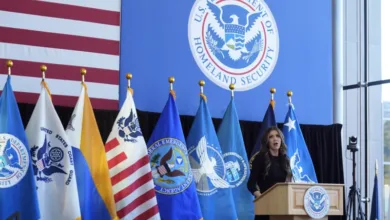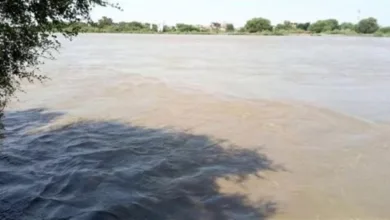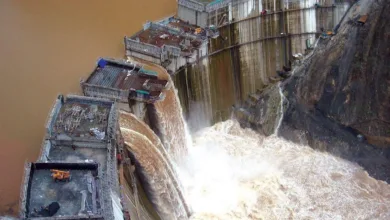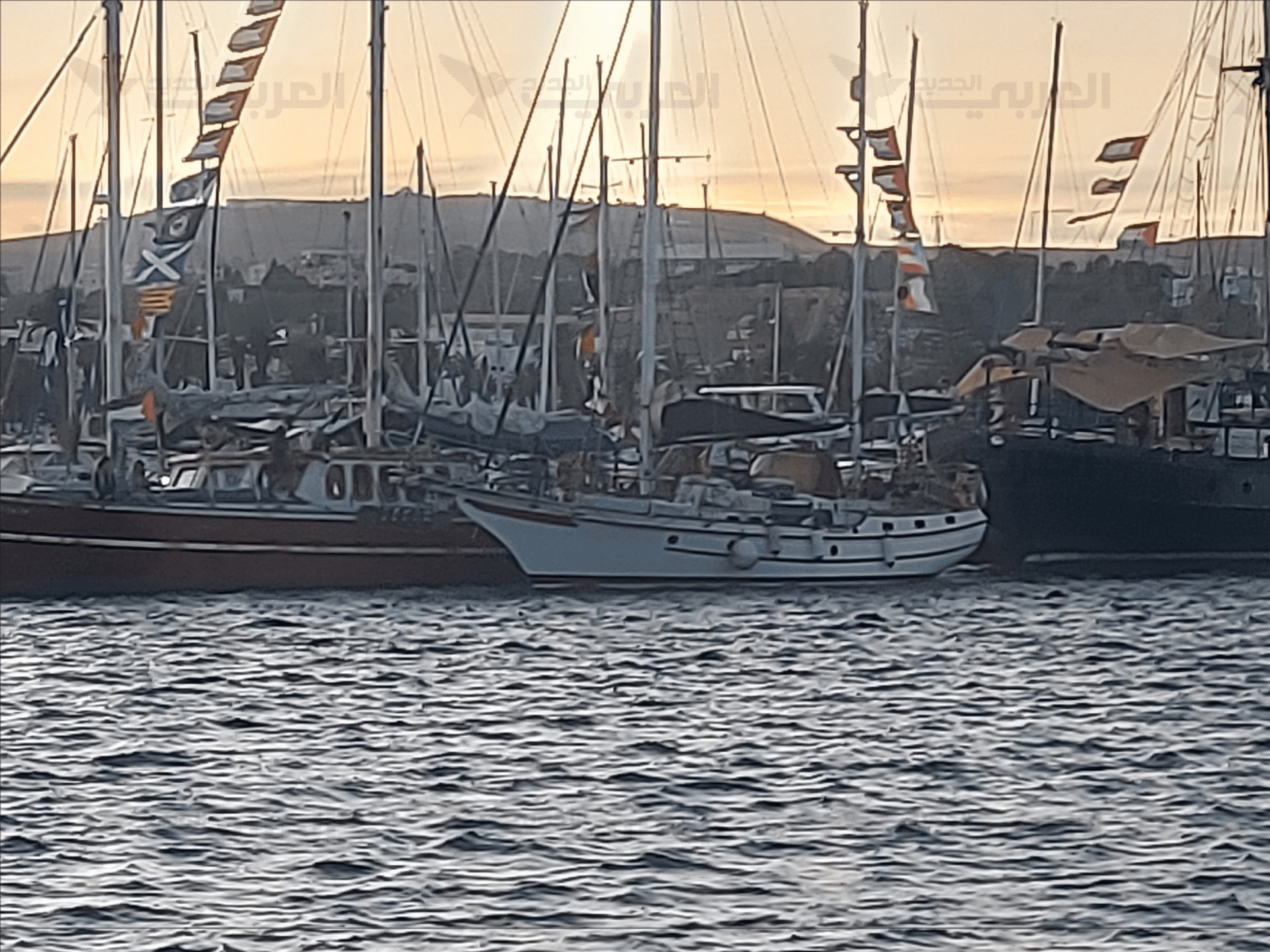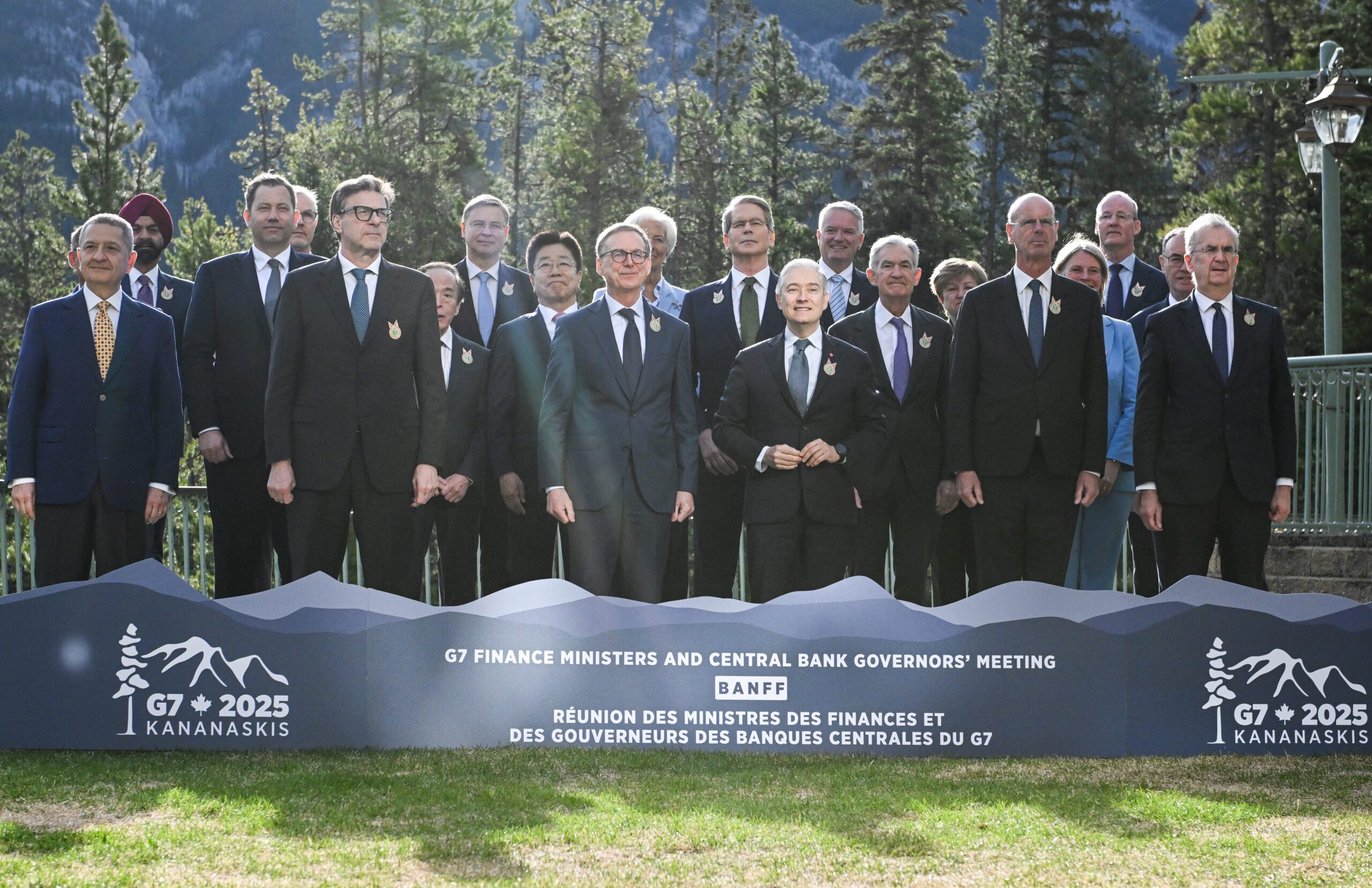Global Shock After Russia’s Massive Earthquake Sparks Tsunami Alerts Across the Pacific
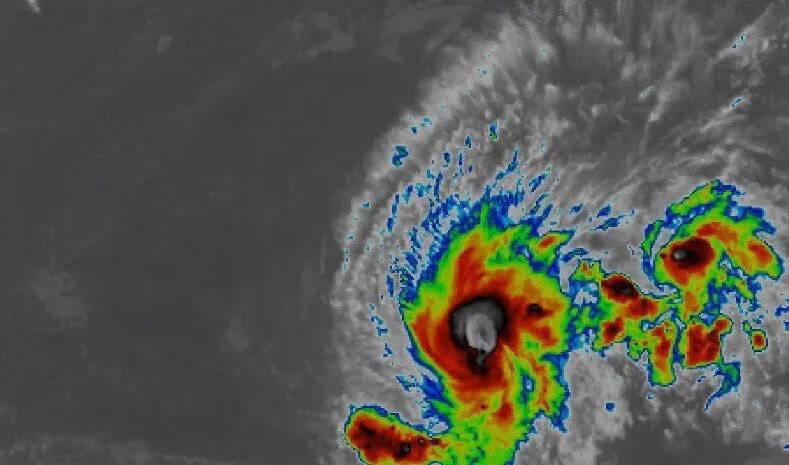
A powerful 8.8‑magnitude earthquake off Russia’s Kamchatka Peninsula rattled the world this week, triggering tsunami alerts from Japan and hawaii to South America. While the actual damage turned out to be less catastrophic than feared, the event sparked urgent conversations about disaster preparedness, climate risk, and political responsibility.
In the aftermath, experts, politicians, and everyday people debated what comes next—and why the world remains so vulnerable to sudden natural disasters.
A Wake‑Up Call Across Oceans
The quake’s epicenter lay under the Pacific, at a depth of around 19 km—shallow enough to displace water and create dangerous waves. Tsunami warnings spread rapidly across the pacific, forcing evacuations in coastal towns and tourist areas.
In hawaii, sirens sent thousands rushing inland. While wave heights stayed below the worst forecasts, the disruption revealed weaknesses: traffic jams, limited shelter space, and confusion among tourists unfamiliar with warning systems.
Experts Warn of Bigger Threats
Seismologists and climate researchers from columbia university explained that megathrust earthquakes like this can cause tsunamis even when the quake itself isn’t near a city. They highlighted the need for updated hazard maps and more frequent public drills.
Climate scientists also noted that rising sea levels can worsen tsunami impacts, pushing waves further inland and flooding more homes and infrastructure.
Trump and the Political Conversation
Former President donaldtrump issued a short statement urging people to remain calm. His words divided opinion: supporters praised the message as responsible, while critics said it lacked depth and ignored years of underinvestment in coastal defenses.
The debate echoed familiar divides in us politics over disaster funding, climate policy, and the role of the federal government.
Economic Ripples Beyond the Epicenter
The quake disrupted shipping routes, forced port closures, and briefly slowed Pacific trade. Economists linked to the federalreserve warned that such events—though rare—can trigger supply chain shocks and raise prices for goods worldwide.
In tourism hubs like hawaii, even short-term closures of beaches and resorts can cost millions, fueling calls for better resilience planning.
Local Heroes and Community Response
As tsunami alerts sounded, local officials and volunteers sprang into action: helping elderly residents evacuate, directing traffic, and sharing updates. In small towns on Russia’s Pacific coast, medics even kept surgeries going through tremors.
These stories highlighted how local preparedness often determines whether natural disasters become national tragedies.
Scientists Demand More Action
Beyond rebuilding, experts argue that investments must focus on prevention: stronger sea walls, smarter urban planning, and clearer evacuation routes.
Researchers warn that as coastal populations grow and tourism rises, the potential toll of even moderate tsunamis increases.
Global Coverage and Public Attention
News outlets worldwide, including foxnews, devoted rolling coverage to the quake, showing live footage of evacuations and wave measurements. Analysts discussed the science, the politics, and the human stories behind the headlines.
Yet attention quickly shifted back to other crises—raising concerns that once danger passes, momentum for real change often fades.
Historical Echoes
The quake recalled deadly events like the 1952 Severo‑Kurilsk tsunami, which killed thousands, and the 2011 Japan earthquake and tsunami that caused the Fukushima nuclear disaster.
Experts say these reminders should drive continuous upgrades to warning systems and public education—not just quick fixes after each disaster.
Beyond the Pacific: A Shared RiskWhile Pacific nations face the highest tsunami threats, coastal regions worldwide—including parts of the us East Coast and the Mediterranean—also live under similar risk.
Scientists emphasize that no coastline is truly immune, and global cooperation on early-warning technology benefits everyone.
The Politics of Preparedness
The quake reignited debates in Washington about funding for disaster resilience. Critics of past administrations—including trump—accused them of cutting climate programs, while others argued that state and local governments should take the lead.
At stake is billions in proposed spending on flood defenses, emergency planning, and research.
Final Thought
Nature reminds the world that earthquakes and tsunamis know no borders. What matters most isn’t just what leaders say, but what communities, scientists, and policymakers do before the next wave comes.
Preparedness saves lives—and real investment must follow today’s warnings, not tomorrow’s regrets.
